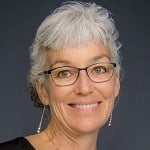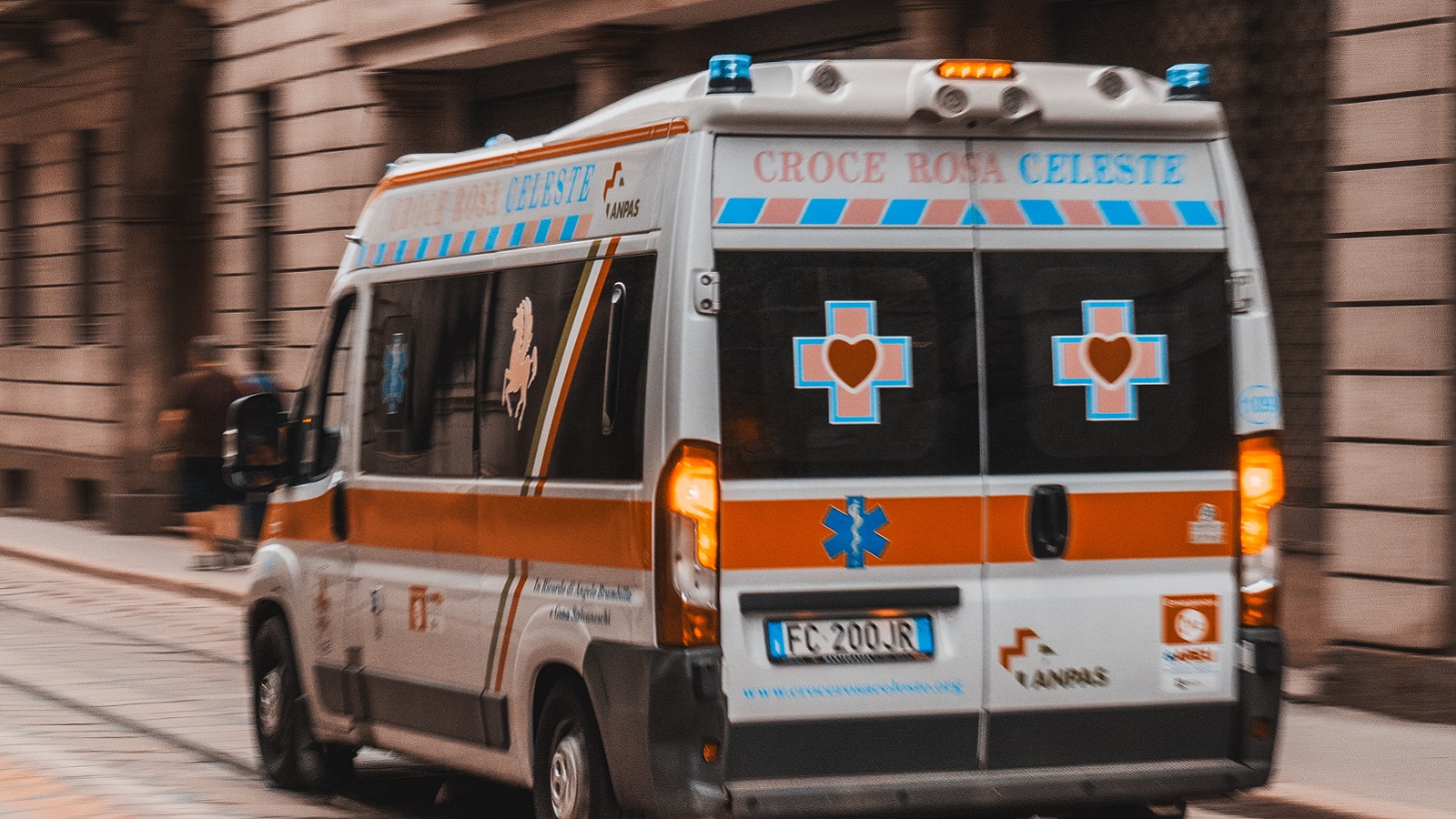I heard the commotion from my “captain’s chair,” the seat for the lead clinician at our respiratory clinic. The medical assistants, gloved and masked, hurriedly pushed the wheelchair past my door and into the “emergency” exam room, and I glimpsed a tiny hunched figure in the chair, all dressed in black, with her face grayish brown. “Oxygen saturation 84, we’re calling EMS,” the medical assistant called out, as a nurse walked swiftly into the room to apply oxygen. A clinician jogged over to the personal protective equipment (PPE) room to don her full armor before heading to the patient’s side.
We had already called for three ambulances that day, and it was only early afternoon. Soon my phone rang, and the doctor in the room told me that the patient, an elderly grandmother from Guatemala, was more comfortable on oxygen now but would need to go to the hospital. The doctor, a fluent Spanish speaker, was having difficulty ensuring the patient understood what was being explained, but with such low oxygen the emergency department sounded like the only valid option—and EMS was already on the way. I got a brief clinical summary, almost certainly COVID-19, and I called the emergency department to advise them of another impending arrival from the respiratory clinic.
Within a few more minutes the ambulance arrived, and a Spanish-speaking medical assistant rolled the oxygen outside along with the nurse who pushed the wheelchair, the tiny patient looking smaller still, though less gray. In a few minutes the medical assistant returned, but she was crying. Soon the whole clinic was shaken by her story—as the paramedics helped the patient onto the gurney, she called out for her granddaughter, who’d been instructed to wait from a distance… “No me quiero ir! No quiero morir a solas en el hospital! No quiero ir!” (I don’t want to go! I don’t want to die alone in the hospital! I don’t want to go!)
The COVID-19 pandemic has required a stiff and slow-moving system to become extraordinarily agile and responsive—protocols and procedures changing nearly hourly with the rapidly changing situation and accumulating knowledge. While the preservation of individual lives has been a central priority, attention has perhaps been less focused on individual hopes, wishes, and preferences.
The outpatient COVID response team at Cambridge Health Alliance, an academic community healthcare system based in the Boston area, includes a respiratory phone triage center, in-person respiratory clinic, and community management team that follows patients throughout their disease course. Patient resource coordinators connect patients with alternate housing options for those who cannot self-isolate, local food pantries and volunteer organizations to deliver groceries, and other resources to meet patients’ psychosocial needs. Further, the Family Medicine capacity to shift from seeing a 92-year-old woman with dementia and complex medical history, to a newly pregnant teen, to a 50-year-old baker with diabetes, to a 6-month-old baby with a fever, requires agility, which has been a vital skill throughout this pandemic.
When the respiratory clinic first opened, COVID-19 was poorly understood. As the pandemic progressed, we saw many patients who were both subjectively and objectively quite ill… tachypneic to 40 breaths a minute, oxygen saturations in the 70s to 80s. Patients enter the clinic one at a time and are brought directly into a freshly cleaned exam room. We initially developed a workflow for the lead clinician to call EMS as soon as there was a markedly hypoxic patient identified, in order to expedite hospital transfer. To improve efficiency, we shifted this responsibility to medical assistants who meet the patients at the clinic door.
We learned in those first weeks that most patients quickly improved with supplementary oxygen, and we were able to more calmly interview patients before they were whisked away to the hospital. Many patients were grateful for the quick attention and transfer to the hospital, but not all of them—certainly not the Guatemalan woman who had no time to grasp what was happening before being loaded into the ambulance. We heard other examples like hers. Many of these patients, we later learned, did not want to go to the hospital at all. Thus, we had to find a way to hear and honor patient voices.
As a result, our clinic evolved its protocols to invite one family member into clinic visits with frightened and ill patients in order to assist with decision-making, ultimately concluding this was worth more than the potentially increased risk of infection. We needed to create space for improved counseling and communication, as many of our patients, though afraid and very sick, were not prepared for hospital isolation, compounded by culturally based mistrust of the medical system. Thus, we transitioned protocols so that only patients in severe respiratory distress had EMS activated immediately. Others were moved to exam rooms where oxygen was applied, then immediately evaluated by a clinician who would engage in counseling and goals of care… things like what worried them, who they relied on and who relied upon them, and what was most important to them. Some patients called a loved one from the exam room for extra decision support and for words of love and compassion. Some declined hospitalization after understanding the risks and benefits. Some felt eased by the frank conversation about our knowledge (thus far) of the COVID-19 disease course, and after learning more about hospital policies, opted to go to the emergency department. We ensured that the concept of healthcare proxy was explained, and the healthcare proxy form was updated. In some cases, we completed Medical Orders for Life Sustaining Treatment (MOLST) forms. With this process, we moved from disease-centered to patient-centered COVID care.
As the incidence of COVID-19 is now downtrending across most of the United States, our health systems are moving from a crisis to sustainability model. We move forward a little wiser, with ever more thoughtful focus on the needs and wants of individual patients, as we seek to center the individuals themselves who are affected by the virus.
**Feature photo by Mikita Yo on Unsplash
Interested in contributing to the Harvard Primary Care Blog? Review our submission guidelines
Interested in other articles like this? Subscribe to the Center's newsletter

Kathe Miller, MD, is a Family Medicine Physician at Cambridge Health Alliance Windsor Street Health Center where she provides care to multiple generations of largely immigrant families, speaking fluent Spanish and medical Portuguese with the majority of her patients (and also learning Haitian Kreyol). Dr. Miller is Assistant Professor at Harvard Medical School (HMS), Director of the HMS Home for Family Medicine, Director of the HMS Foundational Continuity Clinic (a required first year course within Practice of Medicine), and HMS Family Medicine Advisor. In 2012, Dr. Miller was named Family Physician of the Year by the Massachusetts Academy of Family Physicians, as well as honored with the Excellence in Primary Care Teaching award by the Harvard Center for Primary Care. She moved to Massachusetts in 2000 after completing a six-month Fulbright project teaching medical education in Argentina.
- Share
-
Permalink


